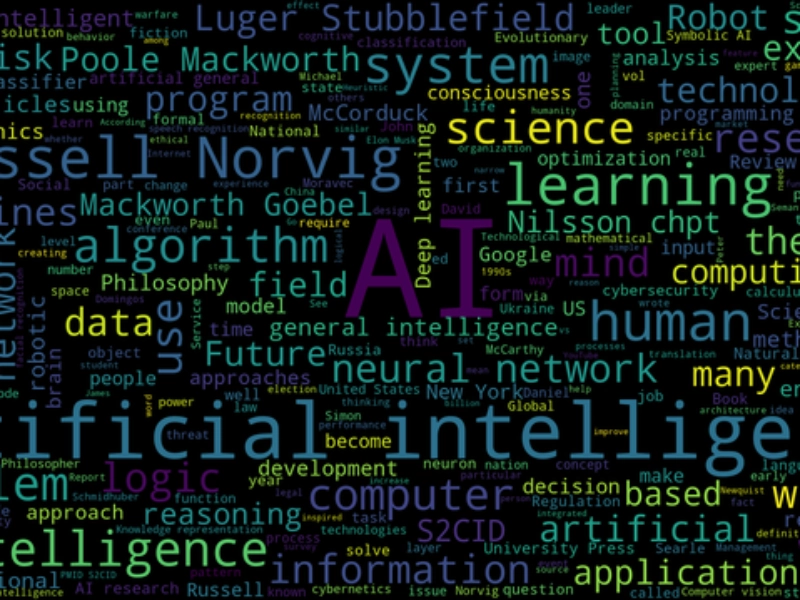- Generative AI refers to a branch of artificial intelligence that focuses on generating new content based on patterns and examples from existing data.
- Generative AI involves training a model using large datasets and algorithms, enabling it to produce near original contents that expand on the patterns it has learned.
In the world of artificial intelligence, a force has revolutionized the way we think about and interact with machines: Transformers. No, not those shape-shifting toys that morph into trucks or fighter jets! Transformers let AI models track relationships between chunks of data and derive meaning — much like you deciphering the words in this sentence. It’s a method that has breathed new life into natural language models and revolutionized the AI landscape.
Also read: 8 key features of natural language processing
Also read: The transformative power of generative AI in automation
How does generative AI work?
Generative AI (GenAI) analyzes vast amounts of data, looking for patterns and relationships, then uses these insights to create fresh, new content that mimics the original dataset. It does this by leveraging machine learning models, especially unsupervised and semi-supervised algorithms.
So, what actually does the heavy lifting behind this capability? Neural networks. These networks, inspired by the human brain, ingest vast amounts of data through layers of interconnected nodes (neurons), which then process and decipher patterns in it. These insights can then be used to make predictions or decisions. With neural networks, we can create diverse content, from graphics and multimedia to text and even music.
How does the transformer architecture work?
1. The input
The input is a sequence of tokens, which can be words or subwords, extracted from the text provided. In our example, that’s “Good Morning.” Tokens are just chunks of text that hold meaning. In this case, “Good” and “Morning” are both tokens, and if you added an “!”, that would be a token too.
2. The embeddings
Once the input is received, the sequence is converted into numerical vectors, known as embeddings, which capture the context of each token. These embeddings allow models to process textual data mathematically and understand the intricate details and relationships of language. Similar words or tokens will have similar embeddings.
3. The encoder
Now that our tokens have been appropriately marked, they pass through the encoder. The encoder helps process and prepare the input data — words, in our case — by understanding its structure and nuances. The encoder contains two mechanisms: the self-attention and feed-forward mechanisms.
4. The decoder
At the culmination of every epic Transformers battle, there’s usually a transformation, a change that turns the tide. The Transformation architecture is no different! After the encoder has done its part, the decoder takes the stage. It uses its own previous outputs — the output embeddings from the previous time step of the decoder — and the processed input from the encoder.
5. The output
At this stage, we’ve got the “Bom Dia” — a new sequence of tokens representing the translated text. It’s just like the final roar of victory from Optimus Prime after a hard-fought battle! Hopefully, you’ve now got a bit more of an idea of how a Transformer architecture works.
What’s next for transformers and tools like ChatGPT?
The Transformer architecture has already brought about significant changes in the AI field, particularly in NLP. There could be even more innovation in the Generative AI field thanks to the Transformer architecture.
- Interactive Content Creation: Generative AI models based on Transformers could be used in real-time content creation settings, such as video games.
- Real-world Simulations: Generative models can be used for simulations. These simulations could become highly realistic, aiding in scientific research, architecture, and even medical training.
- Personalized Generations: Given the adaptability of Transformers, generative models might produce content personalized to individual tastes, preferences, or past experiences.
- Ethical and Societal Implications: The evolution of generative AI will require mechanisms to detect generated content and ensure ethical use.

